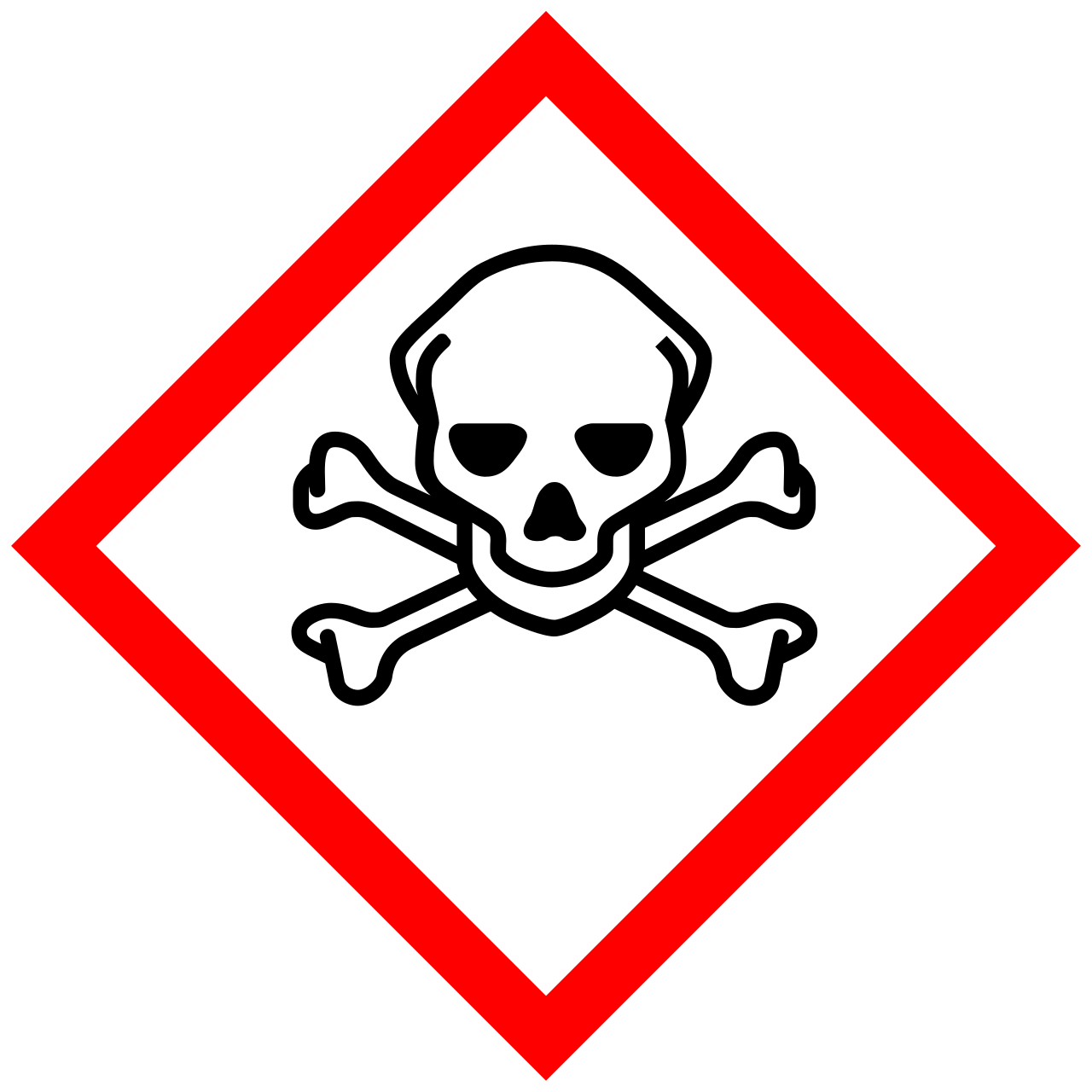How Toxic Substance Removal Works
Firefighting gear is waterproof. When it comes to cleaning that’s the problem. Where conventional water cleaning techniques stop at the surface of a waterproof layer, liquid CO2’s smaller molecules can penetrate between the fibers of waterproof layers to remove toxic organics, metals and NFPA specified substances. And, our low RPM basket rotation provides a gentle clean, prolonging the lifespan of PPE.
ETD in the Lab
Our liquid CO2 cleaning process has been tested to remove over 50 different toxins that traditional cleaning methods have difficulty decontaminating. From SVOC (semi volatile organic compounds) to PFAS (per and polyfluoroalkyl substances), we bring turnout gear back to life so that your firefighters can be confident they are wearing gear that’s as safe as possible.
To evaluate the effectiveness of water-based cleaning methods versus the CO2 cleaning process on firefighter turnout gear, a detailed study was conducted in Finland by the Finnish Institute of Occupational Health. This study evaluated the source of contamination from numerous firefighter events. Key results from this study were:
To evaluate the effectiveness of water-based cleaning methods versus the CO2 cleaning process on firefighter turnout gear, a detailed study was conducted in Finland by the Finnish Institute of Occupational Health. This study evaluated the source of contamination from numerous firefighter events. Key results from this study were:
- PAHs were found throughout the turnout gear in concentrations that exceeded safety standards;
- Substantial VOC and SVOC concentrations were found in the moisture barrier layers of the gear;
- Water washing did a poor job of removing PAHs and was responsible for transferring more contamination on the gear to less contaminated areas.
Turnout Gear Cleaning / Decon Technology Comparison

Comparison Footnotes
The 5-Step liquid co2 cleaning process is Quick and Easy
From receiving the PPE to shipping it back to departments, our process cleans, inspects and repairs PPE to a higher standard than NFPA 1851-2020. You will get your gear back clean and ready to perform.
Request Service





